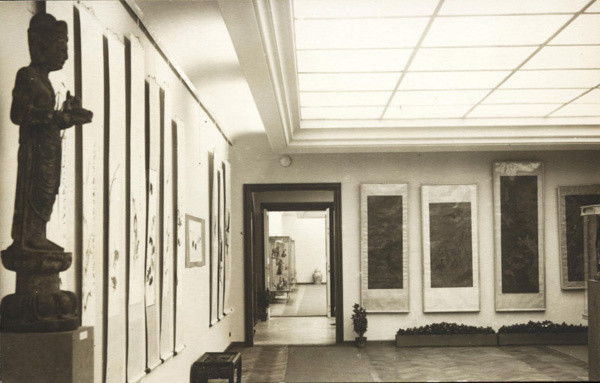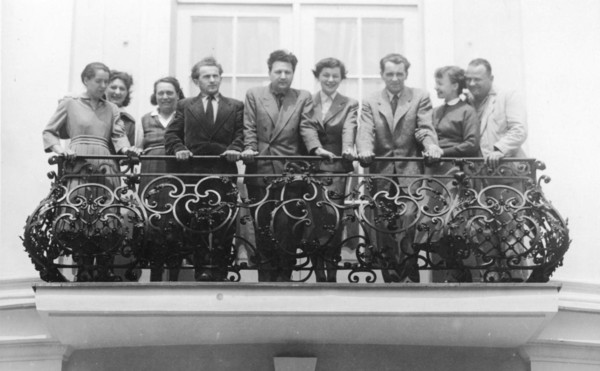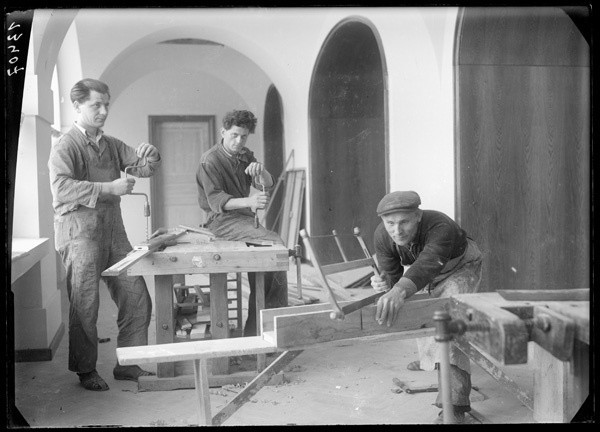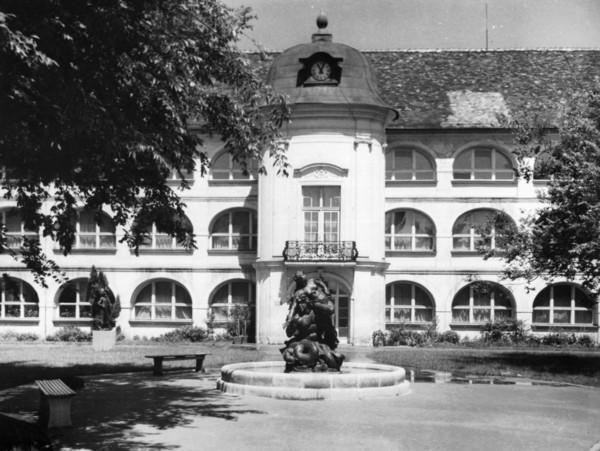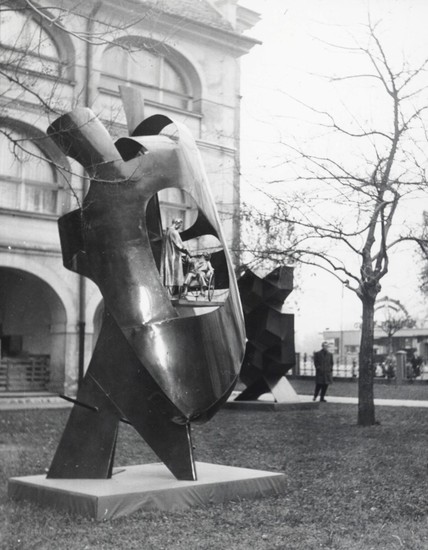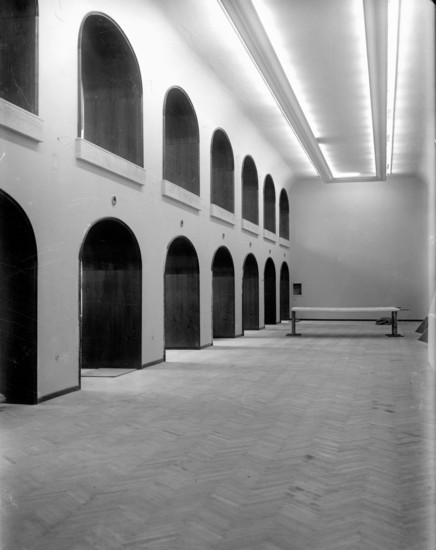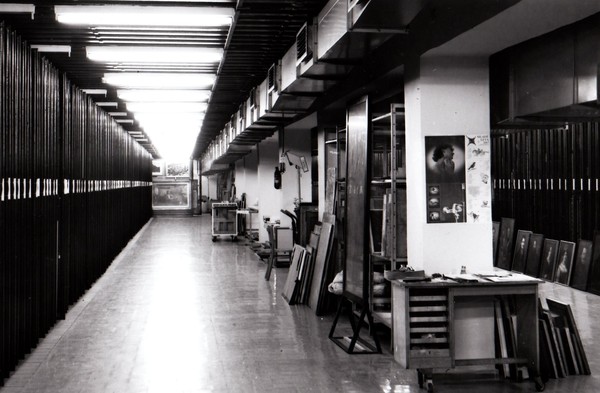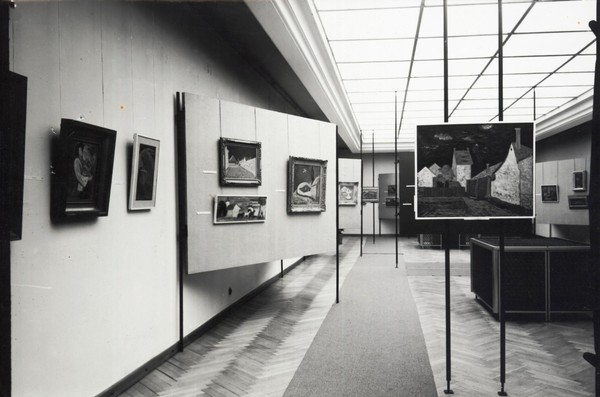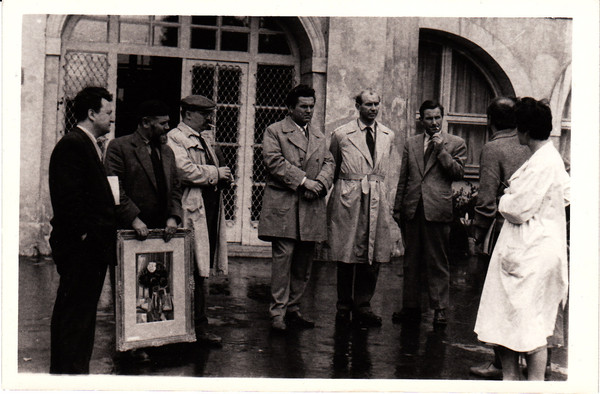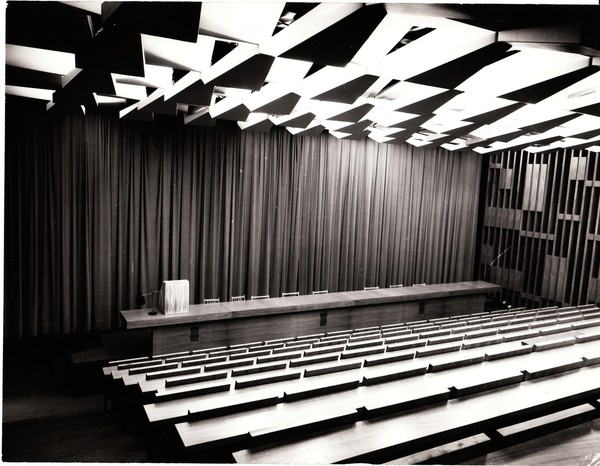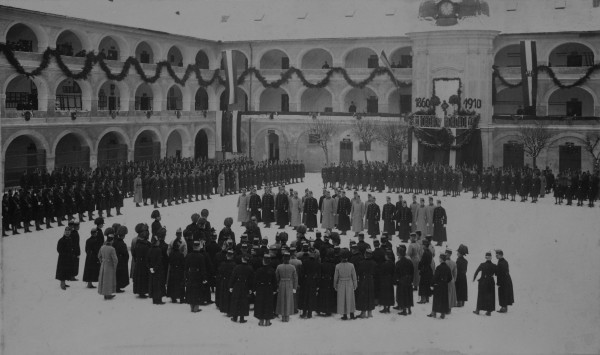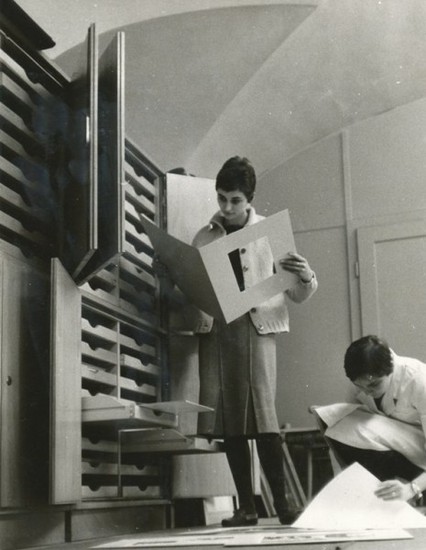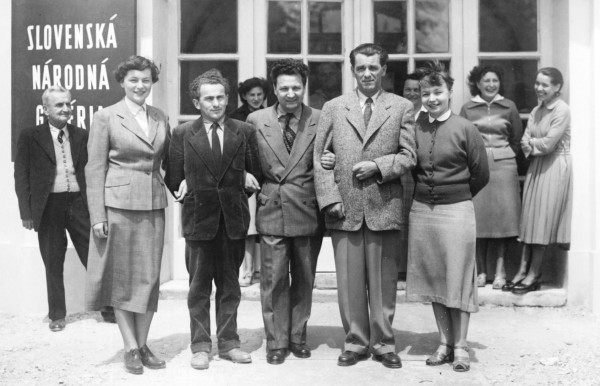The Slovak National Gallery was established by the Slovak National Council by law (Act No. 24 of 29 July 1948). This is relatively late for Europe and it was the result of Slovak ambitions are the war, promoted mainly by Ladislav Novomeský. Historically, it created as a traditional museum of Fine Arts of local as well as wider European provenance. From the beginning, the collection of artworks from the 20th century as well as mapping the contemporary artistic culture was a vital task of the Gallery.
In the course of its development, the collections were expanded to include other spheres of visual culture. The SNG was enriching its activities by the acquisition of artefacts of Applied Art, Design, Photography and Stage Design and exploring the specific phenomenon of Naïve Art. Later, the collectors’ program expanded to include artefacts associated with the development of Architecture and Other Media.
The collection of the SNG includes now about 70,000 items, many of which are part of the national cultural heritage. The Gallery fulfils an invaluable role in the area of protection and care for monuments of tangible and intangible cultural heritage (several buildings where the Gallery resides are national monuments). The SNG became the guardian and caretaker of the national cultural heritage in the area of historical but also modern and contemporary art culture over the years and its influence spread from Bratislava into other parts of Slovakia.
SNG Today – The complex of buildings in Bratislava comprises of the original
structure of the Baroque Water Barracks with an additional structure
(the bridge and administrative building from the 1970s) and the
Esterházy Palace (built in 1870).
Intensive discussion concerning the official seat of the Slovak National Gallery began right after its founding. The premises of the former Water Barracks on the Danube River banks were allocated for the needs of this institution at the end of 1950 and the beginning of 1951. The gates of the gallery were opened for the general public on May 9, 1955, when the reconstruction of the premises was completed (interior by arch. F. Florians and interior by arch. K. Rozmány). Shortly after the opening, the gallery management stated that the premises of the Water Barracks did not fit the gallery's needs in terms of capacity.
In 1963, The
Association of Slovak Architects was asked to design an additional
structure for the Slovak National Gallery in Bratislava. Four teams of
authors participated in this competition and the commission evaluated
them in the following order: the design of arch. V. Dedeček was the
best; the team of prof. E. Kramár took second place; the team of
professor prof. J. Frágner finished third and the team of arch. M.
Beňuška (town-planning design) was fourth.
The winning design
underwent several expert analyses and assessments and the original was suitably re-done by architect V. Dedeček. The final design
differentiated the individual structures and floors according to height
and mass. The architect opened the view in the courtyard and the Water
Barracks by lifting the river bank wing of the building so that the
structure on the columns was replaced by a bridge construction, i.e.,
"the Bridge" (designed in cooperation with the engineers from Mostárne
Brezno factory).
The new premises included permanent exposition space (The Bridge), the administrative building, the
amphitheatre and library. The difference between the architectural
designs (1963 and 1968) also reflects the opinion shift in the
architecture of the 1960s and 1970s. The concept, whose torso was
realised, celebrates and even monumentalises the revival of
architecture in the 1960s. The building was ceremonially opened on 1 March 1977 with the
opening of the permanent expositions to the general public.
Despite the permanent decrease of prices of materials and technologies and many construction shortcomings, the building of the premises was a
rare project in Slovakia. It was not only the first modern structure in
the field of culture, but it is still the only new large gallery
structure in Slovakia.
The Slovak National Gallery is working on plans for the reconstruction of the entire premises (Martin Kusý, Pavol Paňák and team - the studio Architekti BKPŠ, are the authors of the design).
Directors (office period)
Karel Šourek (1949 – 1950)
Vladimír Novotný (1950 – 1952)
Karol Vaculík (1952 – 1970)
Ján Hraško (1970 – 1973)
Fedor Gavula (interim appointment, 1973 – 1975)
Štefan Mruškovič (1975 - 1990)
František Guldan (interim appointment, from 17 January to 14 June 1990)
Zuzana Bartošová (1990 –1992)
Eva Trojanová (interim appointment, from 2 July to 30 November 1992 )
Juraj Žáry (1992 – 1996)
Pavol Muška (1996 – 1999)
Katarína Bajcurová (1999 - 2009)
Alexandra Kusá (since 2010)
